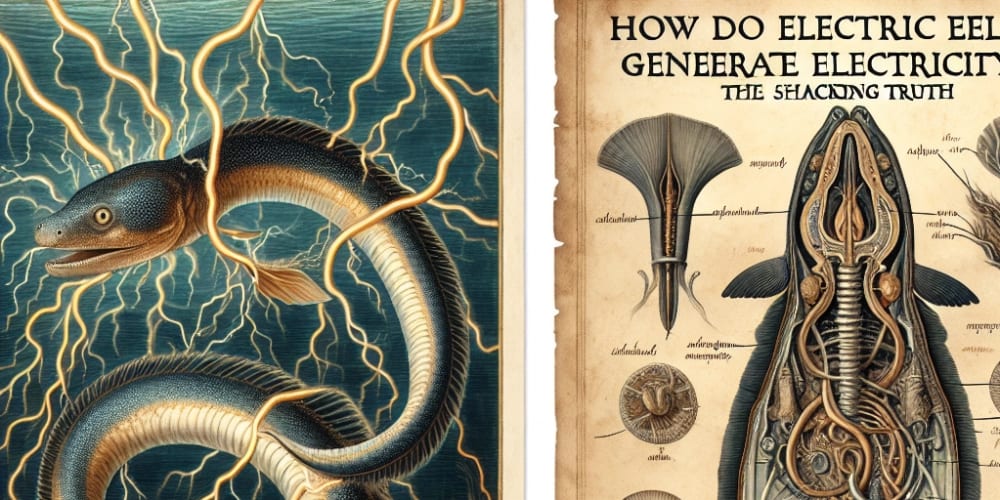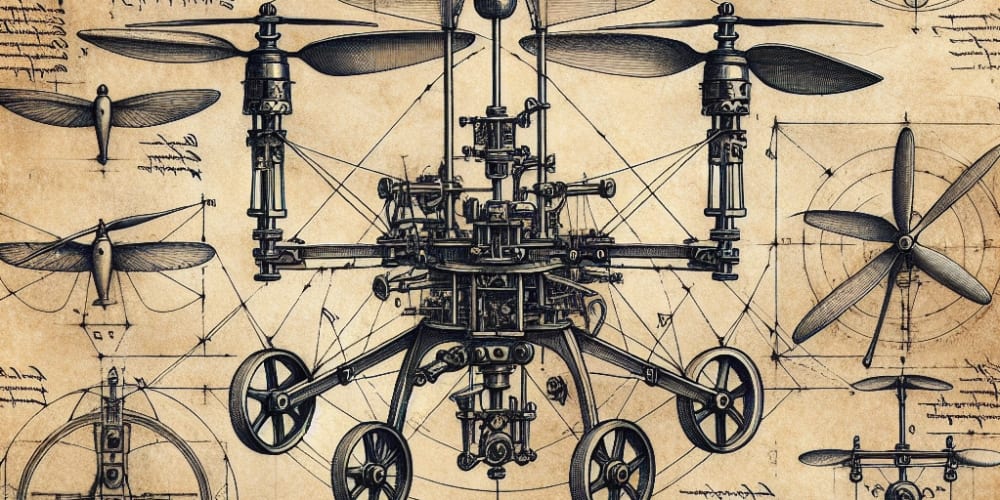In recent years, the cultivation of cannabis has evolved significantly, driven by advancements in technology and a deeper understanding of plant biology. One crucial aspect that has gained prominence is lighting systems. Efficient lighting not only supports healthy plant growth but also influences the yield and quality of cannabis crops. This comprehensive guide explores everything you need to know about lighting systems for cannabis cultivation, from the basics to advanced techniques.
Introduction to Cannabis Cultivation Lighting Systems
Understanding the Importance of Lighting
Light is one of the fundamental elements required for photosynthesis, the process by which plants convert light energy into chemical energy. For cannabis plants, adequate and appropriate lighting is crucial throughout their growth cycle to ensure healthy development and maximum yield.
Historical Perspective and Evolution
The history of cannabis cultivation lighting dates back to the early days of indoor growing, where basic incandescent and fluorescent bulbs were used. Over time, as the understanding of plant biology deepened and technology advanced, more sophisticated lighting systems were developed to mimic natural sunlight more effectively.
Key Factors Influencing Lighting Choices
Several factors influence the choice of lighting systems for cannabis cultivation, including the type of facility (indoor vs. greenhouse), the size of the operation, budget constraints, and desired yield and quality of the crop. Each type of lighting system offers unique advantages and challenges, which growers must consider based on their specific needs.
Types of Lighting Systems
High-Intensity Discharge (HID) Lighting
HID lighting systems, such as high-pressure sodium (HPS) and metal halide (MH) lamps, have been traditionally popular in cannabis cultivation due to their high light output. HPS lamps, in particular, emit light in the red-orange spectrum, which is beneficial during the flowering stage. MH lamps, on the other hand, emit light in the blue spectrum, ideal for the vegetative stage.
Light-Emitting Diode (LED) Lighting
LED lighting has gained significant traction in recent years due to its energy efficiency, longevity, and ability to emit specific light spectra tailored to different growth stages. LED lights consume less energy compared to HID lamps and can be customized to emit light in wavelengths optimized for cannabis growth.
Fluorescent Lighting
Fluorescent lights, including compact fluorescent lamps (CFLs) and T5 fluorescent tubes, are more commonly used in small-scale operations or for specific purposes such as cloning or seedling stages. They are less intense compared to HID and LED lights but are cost-effective and produce less heat, making them suitable for certain applications.
Comparison of Different Types
Each type of lighting system has its advantages and disadvantages in terms of initial cost, energy efficiency, spectrum control, and maintenance requirements. The choice of lighting system should align with the specific goals and constraints of the cannabis cultivation operation.
Factors to Consider When Choosing Lighting Systems
Light Spectrum and Wavelength. The spectrum of light emitted by the lighting system directly impacts plant growth and development. Different wavelengths of light affect various physiological processes in cannabis plants, from photosynthesis to flowering. Growers often select lighting systems that provide a balanced spectrum tailored to the specific growth stage.
Intensity and Uniformity. Light intensity refers to the brightness of the light emitted by the system and is measured in lumens or lux. Uniform light distribution across the canopy is essential to ensure consistent growth and avoid light stress or deficiencies in plants.
Energy Efficiency and Operating Costs. The energy efficiency of a lighting system influences operational costs, including electricity expenses and cooling requirements. LED lighting systems, for example, are known for their high energy efficiency and relatively low operating costs compared to HID lamps.
Heat Management and Cooling Requirements. **Lighting systems generate heat, which can impact the temperature and humidity levels within the cultivation space. Effective heat management strategies, such as ventilation and air circulation, are essential to maintain optimal growing conditions and prevent heat stress in plants.
**Optimizing Light Cycles for Different Growth Stages
Vegetative Stage. During the vegetative stage, cannabis plants require longer periods of light exposure (typically 18-24 hours of light per day) to promote leafy growth and robust root development. Lighting systems should provide a balanced spectrum with sufficient blue light to support vegetative growth.
Flowering Stage. **The flowering stage requires a shift in light cycles to stimulate bud formation and flowering. Cannabis plants typically thrive with 12 hours of light followed by 12 hours of uninterrupted darkness each day during this stage. Lighting systems that emit light in the red-orange spectrum promote flowering and resin production.
**Harvesting and Post-Harvest Considerations. Lighting conditions during the final weeks of flowering can influence the potency and flavor profile of cannabis buds. Proper lighting management during the harvest phase helps preserve cannabinoid and terpene content, ensuring high-quality final products.
Final words
In conclusion, lighting systems are fundamental to successful cannabis cultivation, influencing growth rates, yield, and quality of the final product. By understanding the principles of light spectrum, intensity, and application, growers can make informed decisions when selecting and implementing lighting solutions. The material was contributed by Herbies Seeds UK, an online store for marijuana seeds.



















